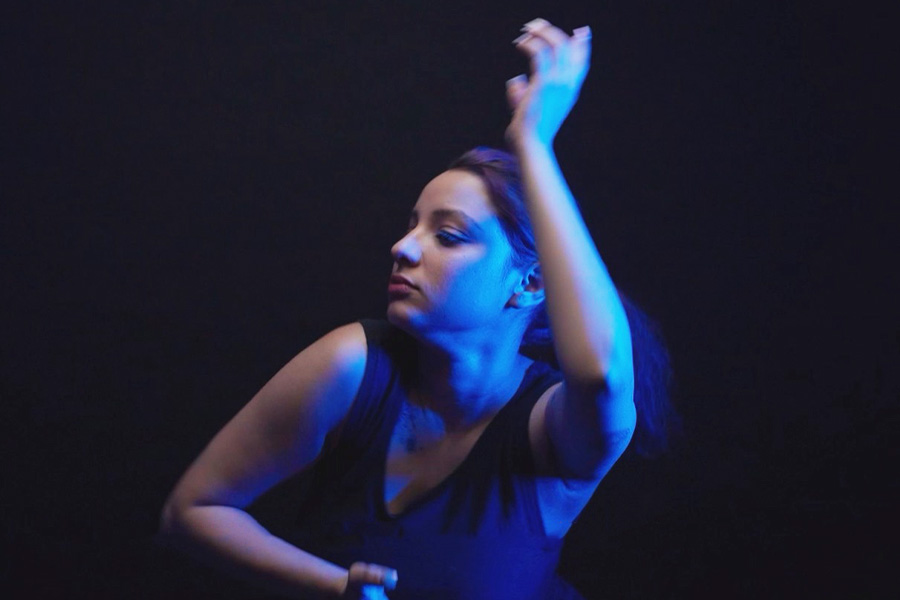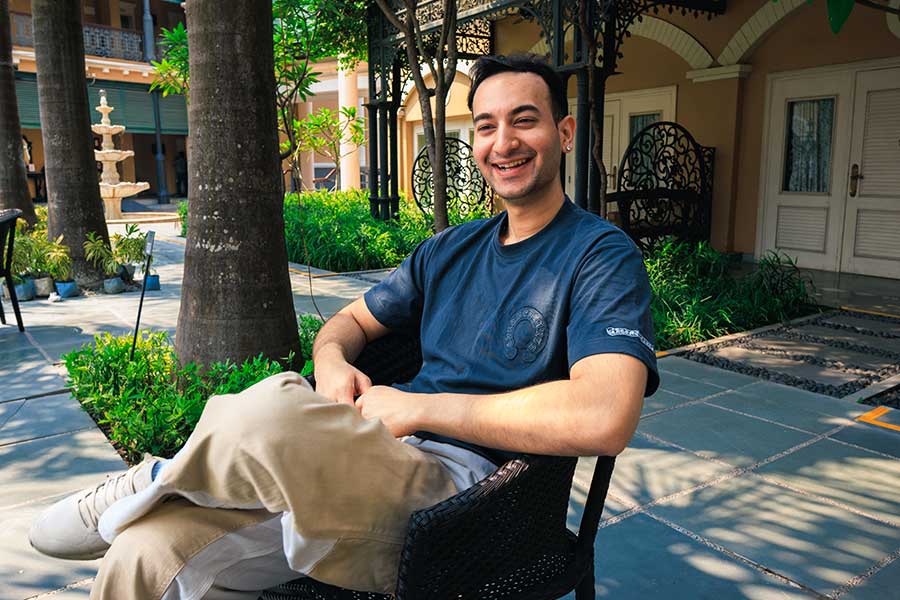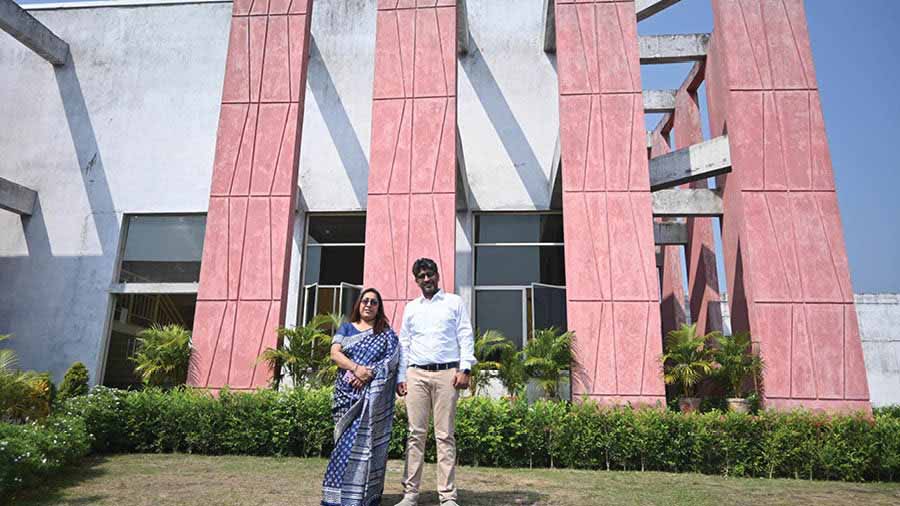In the past few years, the conversation around mental health has gained increased prominence. While most people know that talking about your problems goes a long way in dealing with them, few know about the transformative power of Dance Movement Therapy (DMT). Kolkata-bred and Pune-based psychologist Rittika Chakraborty is out on a mission to change this, with her new venture, The MoveMeant Story, which helps people express their emotions through the performing arts. Basking in the success of her organisation’s first live show at Science City Auditorium, My Kolkata caught up with Rittika about her journey towards connecting the mind and body.
Growing up with the arts
Rittika grew up in a family that was obsessed with the performing arts, but never considered it a viable profession. Both her mother and aunt were trained Kathak dancers, and would perform at every cultural event of the year. Naturally, she took to dancing — from the age of three.
As a trained psychologist, she now understands that movement of the body results in certain hormones being secreted, and the impact of musical vibrations, its connection to our mood. As a child, she just danced because it gave her joy. She remembers watching a dance-drama adapted from the Mahabharata when she was 10, and being amazed by the expressions, movements and gestures. “I felt like it was all coming from within, and the tears were not fake. That production made me think about how authentically these performers were telling stories written by others, and wonder if they could use this skill to portray what they want to say,” said the 25-year-old.
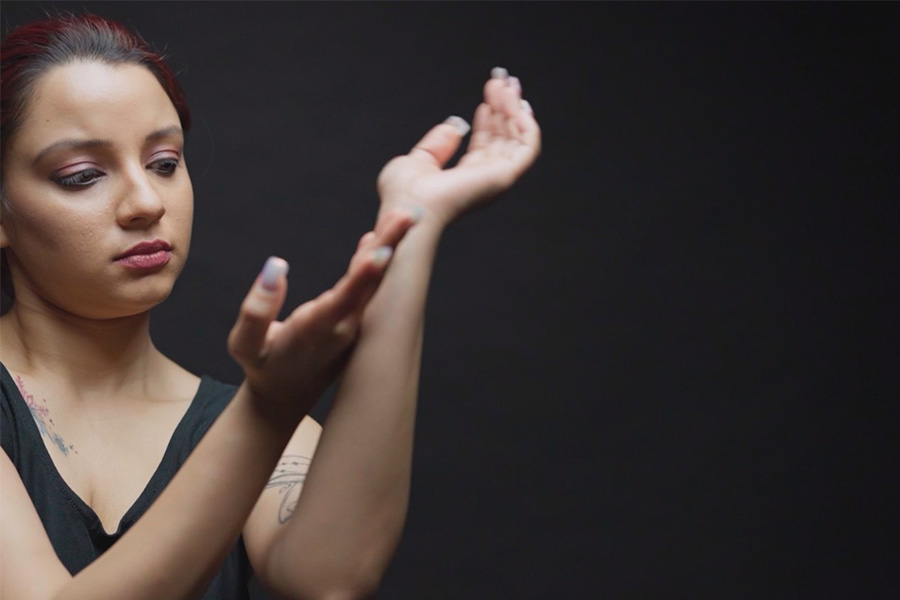
Watching a rendition of the ‘Mahabharata’ as a child drew Rittika to the power of movement and expression
While Rittika was ready to make the arts her life, her parents insisted on academic degrees first. “I failed my first mathematics exam in Class XI and opted for a new subject. That’s where psychology first came into my life,” she reminisced. At the time, she felt overwhelmed by questions around the meaning of her life, and conflict with her parents. Studying psychology felt like an instant match, allowing her to contextualise all her thoughts. “Psychology calmed down all my aggression, and allowed me to understand people better,” she said.
Defining moments
While in Amity University Kolkata, doing her graduation in Applied Psychology, she saw a demonstration by Kolkata Sanved on Dance Movement Therapy (DMT), which changed her life. “They spoke about how art can be a medium for self expression, and the memories of my 10-year-old self wondering how performing arts could express feelings came flooding back. I had a spiritual connection at the thought of connecting my lifelong passion with my newfound love,” smiled Rittika, recollecting the event.
After a Masters in Counselling Psychology from Amity University Noida, Rittika enrolled in a DMT diploma course at St. Mira’s College for Girls, Pune, observing movement therapists, and understanding community behaviour. “If you put 10 strangers in one room, despite not knowing each other, they will find a way to connect on something. People must feel heard, because trauma wants to tell stories. Anyone who has gone through something difficult wants to be heard, understood and seen.” Her biggest takeaway was that people craved connection, and wanted to express themselves, but societal conditioning had often taught them to stifle certain emotions. However, trauma isn’t easy to forget.
Dance and healing
“If you have been chased by a dog as a kid and haven’t processed it, you will have physical fear responses when you see a dog even as an adult. The body remembers, and this physical response can help us understand ourselves better. This is where DMT comes in, because it isn’t just about dancing, but connecting to your inner self using movements. It is a community activity that makes you feel one with others, in an experience of holistic healing,” Rittika explained. There is an aspect to DMT that grounds people, bringing them to the present, and helping them identify their thoughts and feelings.
It is perhaps the aspect of DMT that grounds people, bringing them to the present, that has made it so popular in the West. Rittika shares how it started under the purview of dancer Marian Chace, who worked with World War II veterans. All conventional rehabilitation methods had failed, until Chace made them dance and weep, leading to a noticeable improvement in them.
Over the years, it has gained a following around the world, alongside conventional therapy. “Behind any form of mental health practice, the agenda is the same — physical, social, emotional and cognitive well-being. DMT or any other creative arts therapy stands out because it doesn’t use medication and there is very little verbal communication — in DMT, the therapy is imparted through the body. It is a holistic healing that combines different art forms.” Rittika explained, adding that people can sometimes find it very difficult to verbalise feelings around traumas like molestation.
Changing course
Rittika finally began conducting her own sessions in 2023. She starts her sessions with a breathing exercise to bring everyone’s minds and bodies to the present. The end of the session comprises a discussion of interpretive takeaways, with the objective of helping people understand themselves better. However, something seemed amiss.
“When I participated in DMT sessions as a student, there were times when I took an unpleasant feeling home after the session and didn’t know what to make of it. I wondered if my clients went through the same feelings.” That is how she conceived of The MoveMeant Story.
The thought first struck her this January. Rittika has intently followed the work of Dutch theatre group, Amenti World, who use elements from dance and drama therapy for their workshops. Plagued by the stigma around mental health disorders, she realised that India too needed a space which would give people an outlet while letting them tell their story. Having had to sacrifice her own career in the arts, she envisioned a platform that would invite people like her to use their artistic skills to express themselves. “I was fuelled by the feeling of being one, and validating each other’s experiences. If 10 people in a room can connect on something, then the people watching can do so too. I decided to create something that wouldn’t just mean something to the performers, but the audience too. We wanted to communicate that you don’t need to hide how you feel.”
She communicated her idea with her clients, and found nine performers between the ages of 11 and 22 from Kolkata, all with a background in dance. “They probed into their experiences from therapy, and kept adding layers around bodily inhibition and shame, freedom and rejuvenation. I made it clear that in this new venture, I wouldn’t be their therapist, but their collaborator and director,” she explained. By March, this idea had evolved into a dance-drama based on what Rittika’s clients were expressing during DMT sessions and the feelings they were taking home. The emotions that stood out for the collective group became the theme for the dance-drama, with the choreography and costumes being inspired by their experiences too. After a few sessions, the group sat in a circle and brainstormed a story, and effective ways of communicating it.
They finally decided to showcase a young person’s journey from being a free-spirited individual, to an adult who feels caged in their body and life. Rittika also explored how shame and anger could trigger and reinforce these feelings, and how someone can rediscover the free spirit by comforting their younger selves.
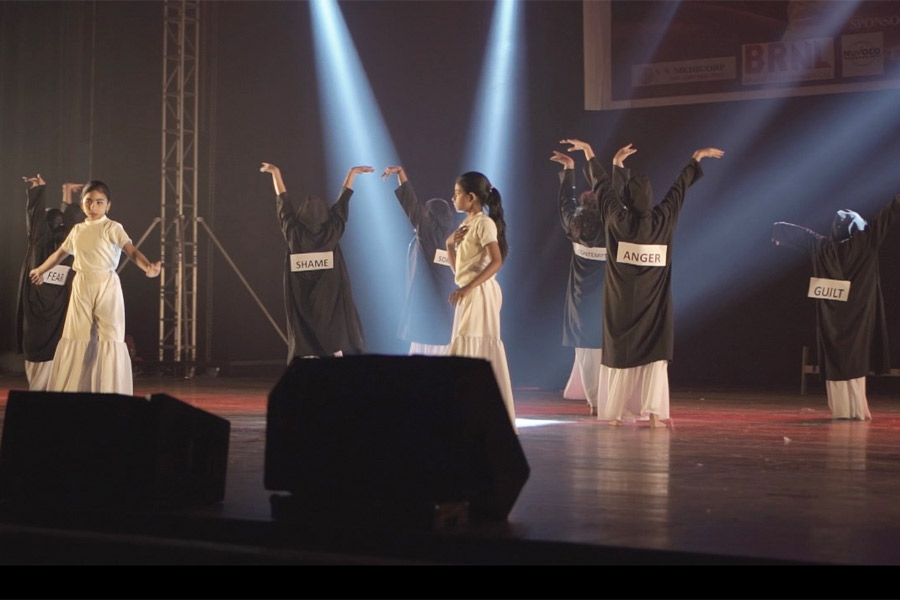
The storyline of the dance drama by The MoveMeant story showcased a young person’s journey through shame, anger, guilt and other emotions
The movement story
After a lot of planning, The MoveMeant Story had its first live event at Science City Auditorium last month. Collaborating with Kathak dancer-choreographer Devesh Mirchandani’s Parampara, Rittika and her performers presented their riveting dance-drama, fittingly named, Masks, in the presence of guest-of-honour, Alokananda Roy.
While there were a few last-minute glitches, Rittika is proud of her team, and counts a lot of positives from the experience. The biggest win for her was when their projector stopped working, and her dancers formed a circle backstage and conceived a plan of action. She chuckled, recounting how the quietest individual from the group became the most enthusiastic one on the day of the event. “It was my win as a DMT trainee, because one of my main goals is to help people support and comfort each other. The audience came up to us after the performance, and everyone drew their own interpretations from the story. Some found their self esteem issues, while others identified with interpersonal conflicts. For the first time in my life, I felt like I was doing exactly what I was meant to do.”
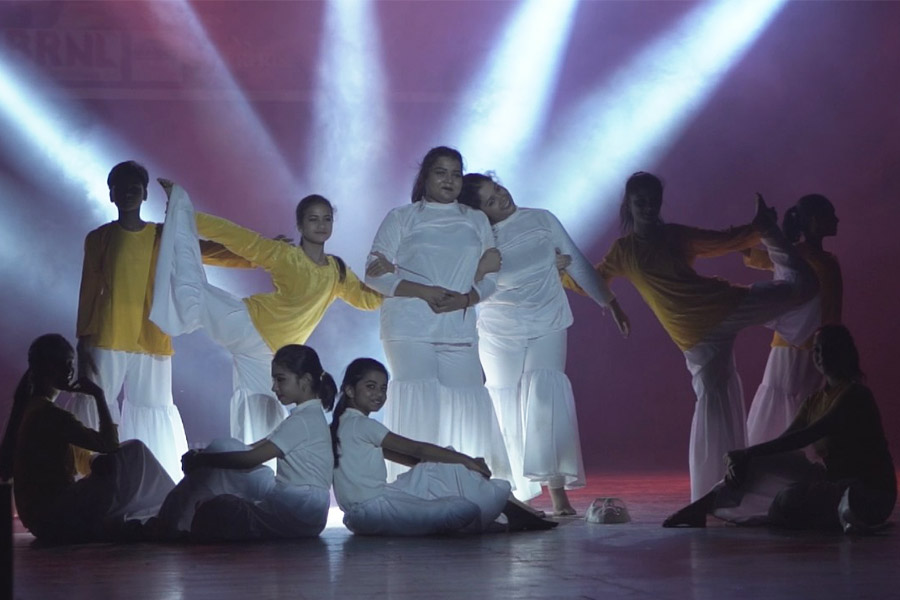
The MoveMeant Story’s dance-drama, ‘Masks’, at Science City Auditorium last month
However, there is no time to rest. Rittika is working towards blending her skills in counselling and DMT, devising a therapeutic practice where she switches between verbal counselling and movement, based on the group and the mood. She is also conducting sessions in hospitals, corporates, NGOs, old age homes, special schools and red-light areas all around Pune. Apart from this, she is conceiving the next production for The MoveMeant Story, and hopes to collaborate with artistes not just from around India, but around the world. “I want to be the voice of artistes, helping them tell their story to the world.”


